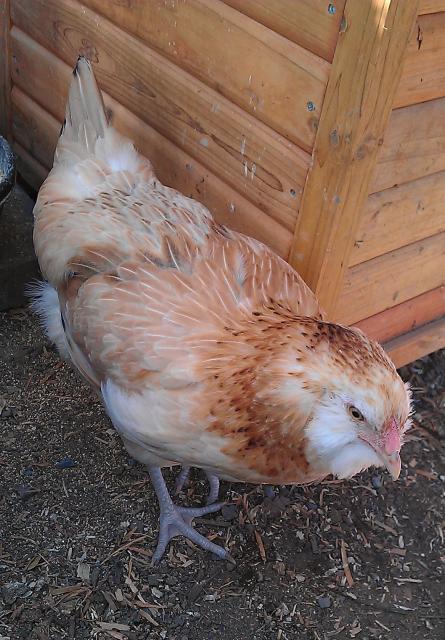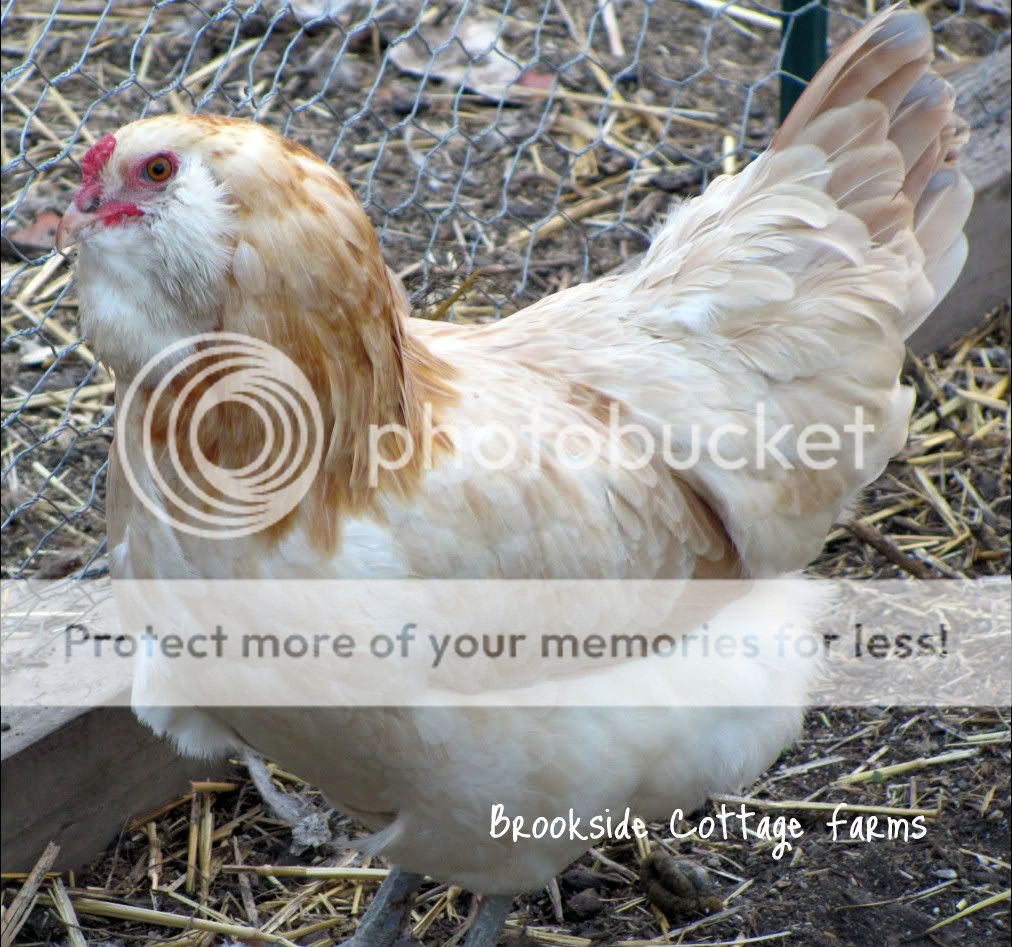- Thread starter
- #4,651
Quote:
Yes, she is. But she's getting free room and board for the next few weeks so I figured it was a fair trade off.

Yes, she is. But she's getting free room and board for the next few weeks so I figured it was a fair trade off.








